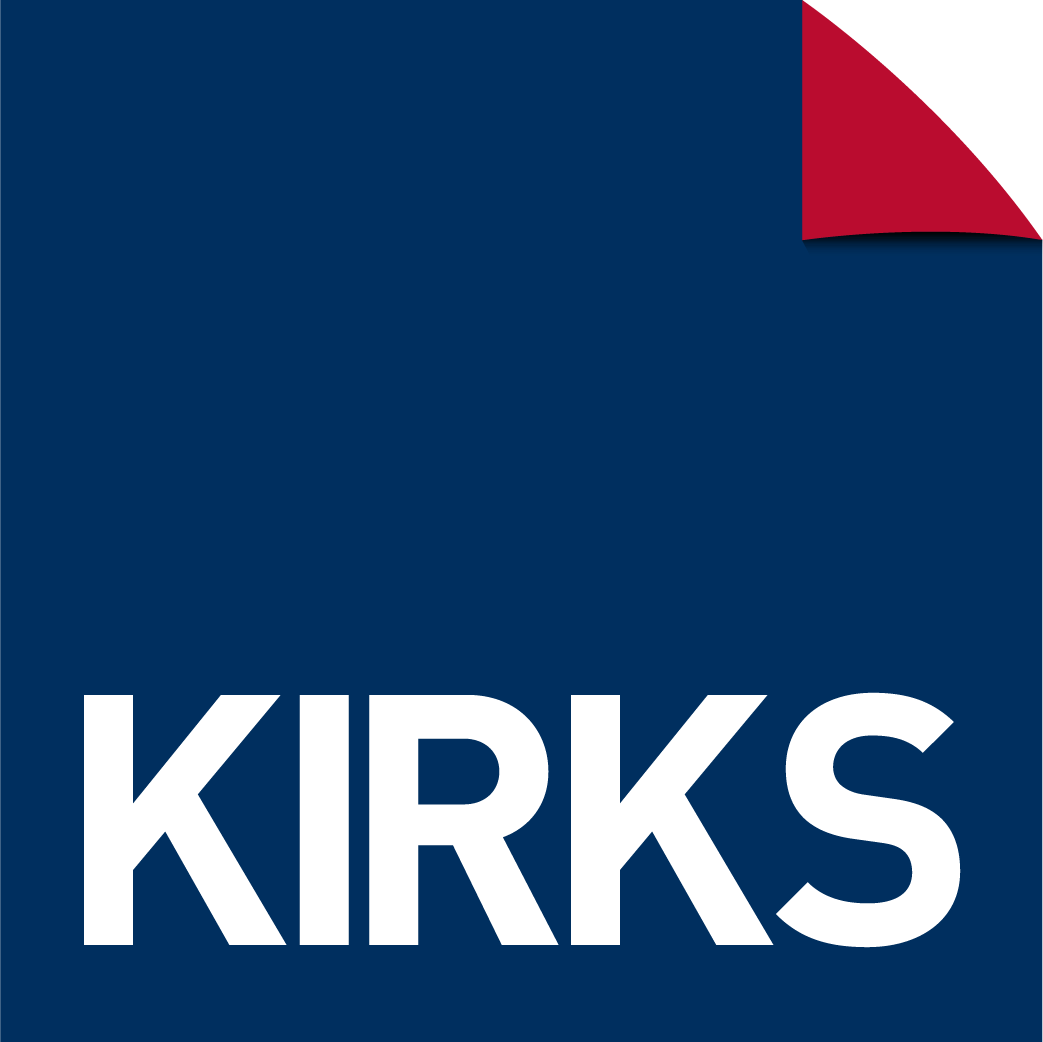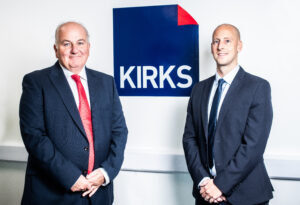Returning a business facing corporate insolvency to a solid financial position takes effort, so difficult decisions and swift, informed action needs to be taken. It’s therefore essential for CEOs to understand the intricacies of insolvency, so they can navigate and mitigate its risks.
Causes of Corporate Insolvency
Corporate insolvency can arise from various factors including economic downturns, loss of key customers, large debts, and significant increases in operating costs. Additionally, unforeseen events such as natural disasters, pandemics, and regulatory changes can disrupt business operations and cash flow
Signs of Impending Insolvency
Signs of impending corporate insolvency include consistent cash flow problems, a company’s inability to pay debts on time, declining sales, and increasing creditor pressure. If it’s taking your company a long time to make payments or you’re spending a lot of time dealing with creditors’ complaints, then it’s time to look at your company’s financial situation very carefully. CEOs can help detect early signs of financial distress by regularly reviewing financial statements, monthly accounts and maintaining transparent communication with financial officers.
Types of Insolvency
There are two main types of corporate insolvency: cash flow insolvency and balance sheet insolvency. It’ s important for CEOs to understand these distinctions, so they can determine the appropriate response and strategy. Cash flow insolvency occurs when a company cannot pay its debts when they are due, despite having assets that exceed their liabilities. Balance sheet insolvency happens when liabilities are more than the assets, even if the company can still meet its immediate obligations.
Legal Framework and Procedures
The legal framework governing corporate insolvency includes mechanisms such as administration, liquidation or a company voluntary arrangement. Administration usually allows a company to restructure and negotiate with creditors or to carry out a sale of the business to avoid liquidation. Liquidation is the process of winding up the company, selling assets, and distributing the proceeds to creditors. A company voluntary arrangement is an agreement reached with creditors to keep it going.
Strategies for Prevention and Management
By implementing robust financial planning, maintaining adequate cash reserves, and diversifying revenue streams, CEOs can help to keep corporate insolvency at bay. Regular financial audits and stress tests can help identify vulnerabilities. In times of financial distress, early engagement with creditors, restructuring debt, and seeking professional advice are vital steps. Read about the five main options of insolvency here.
For more information and advice, please contact me on 01392 474303 or david@kirks.co.uk.
Author: David Kirk - ACA FABRP
Everything you need can be done online.
No need to meet anyone in person.
We cover all of England and Wales.









